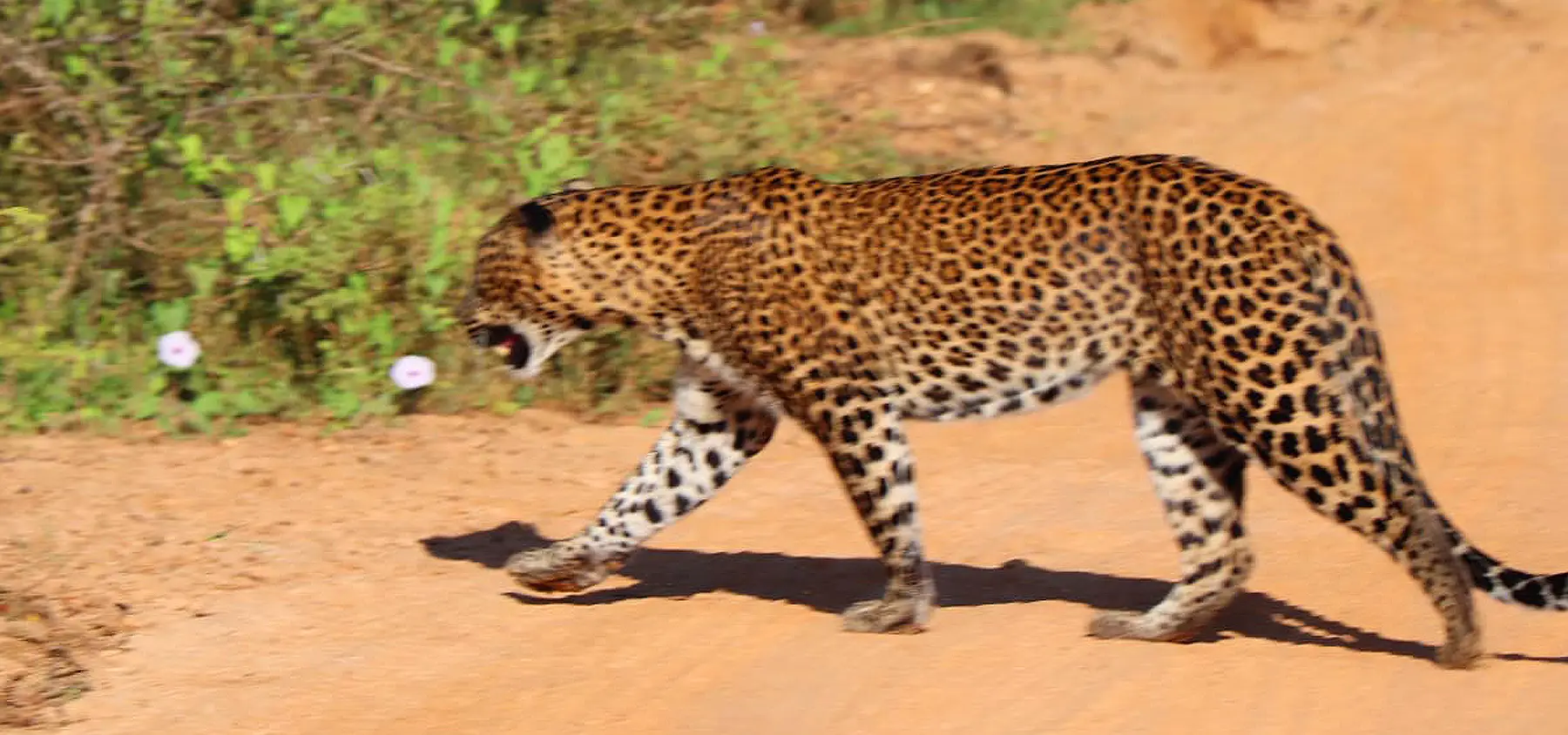- Home
- Tours
- About Sri Lanka
- General Facts
- Visa/Entry
- Travel Season
- Attractions & Sights
- National Parks
- 9 Arches Bridge
- Adam’s Peak
- Ambuluwawa Temple
- The Cave Temples of Dambulla
- Ella Rock
- Lake Gregory
- Little Adam’s Peak
- The Lotus Tower
- Negombo Lagoon
- Pidurangala Rock
- Ramboda Waterfalls
- Ravana Waterfalls
- The Red Mosque (Jami Ul-Alfar)
- The Royal City of Polonnaruwa
- The Sacred Tooth Temple
- Victoria Park
- Places
- About Us
- FAQs




